Starlink satellites lost on Falcon 9 upper stage failure
Original Publication Date: 2024-07-12 22:50
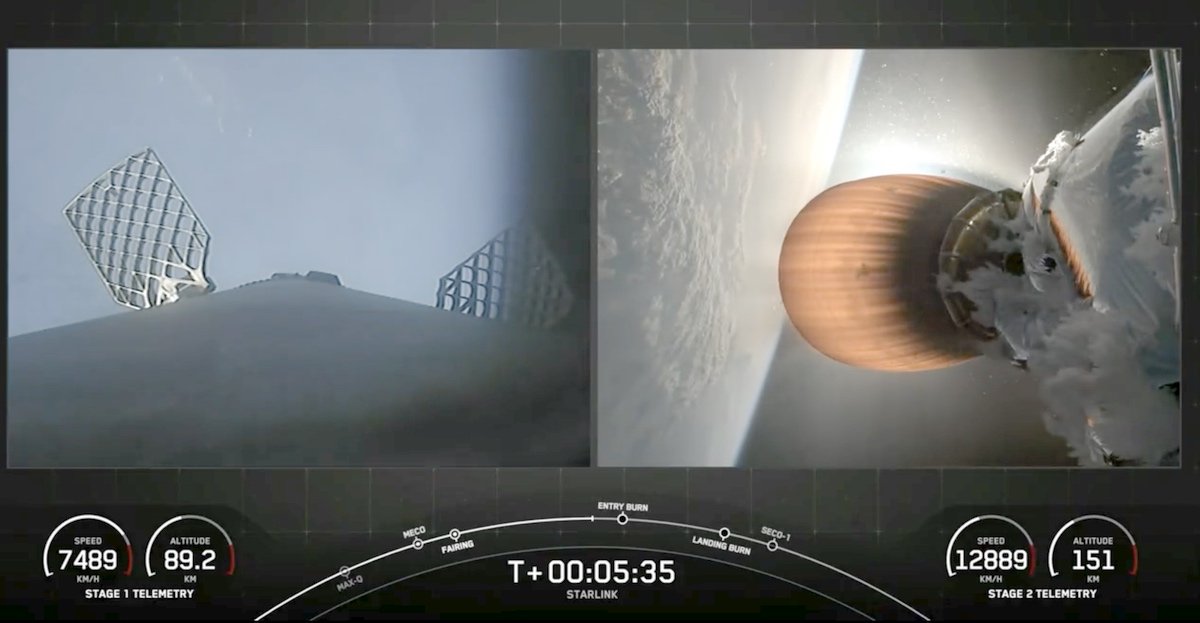
SpaceX says it will not be able to recover the 20 Starlink satellites left in a very low orbit. The rocket’s upper stage engine “experienced an anomaly and was unable to complete its second burn” The incident will ground the rocket, the most active launch vehicle in service today.
Tina Ghataore, Group CSRO and CEO North America, Aerospacelab – Leading Women in Space
Original Publication Date: 2024-07-12 14:41

SpaceNews is shining a spotlight on some of the extraordinary women at the helm of space programs and organizations. We're delving into their backgrounds, discussing their accomplishments and highlighting their ongoing work. Watch a new episode every Thursday through August on SpaceNews.com and on the SpaceNews YouTube channel.
China’s Long March 6A rocket appears to have an orbital debris problem
Original Publication Date: 2024-07-12 11:47

China's latest Long March 6A rocket appears to be creating numerous pieces of space debris. The nature and cause of the debris is unclear. It could be related to passivation of the stage or broken insulation. Space debris is an issue of growing significance, potentially threatening satellites, spacecraft and space stations.
General Atomics to build second Space Force weather satellite
Original Publication Date: 2024-07-11 20:53
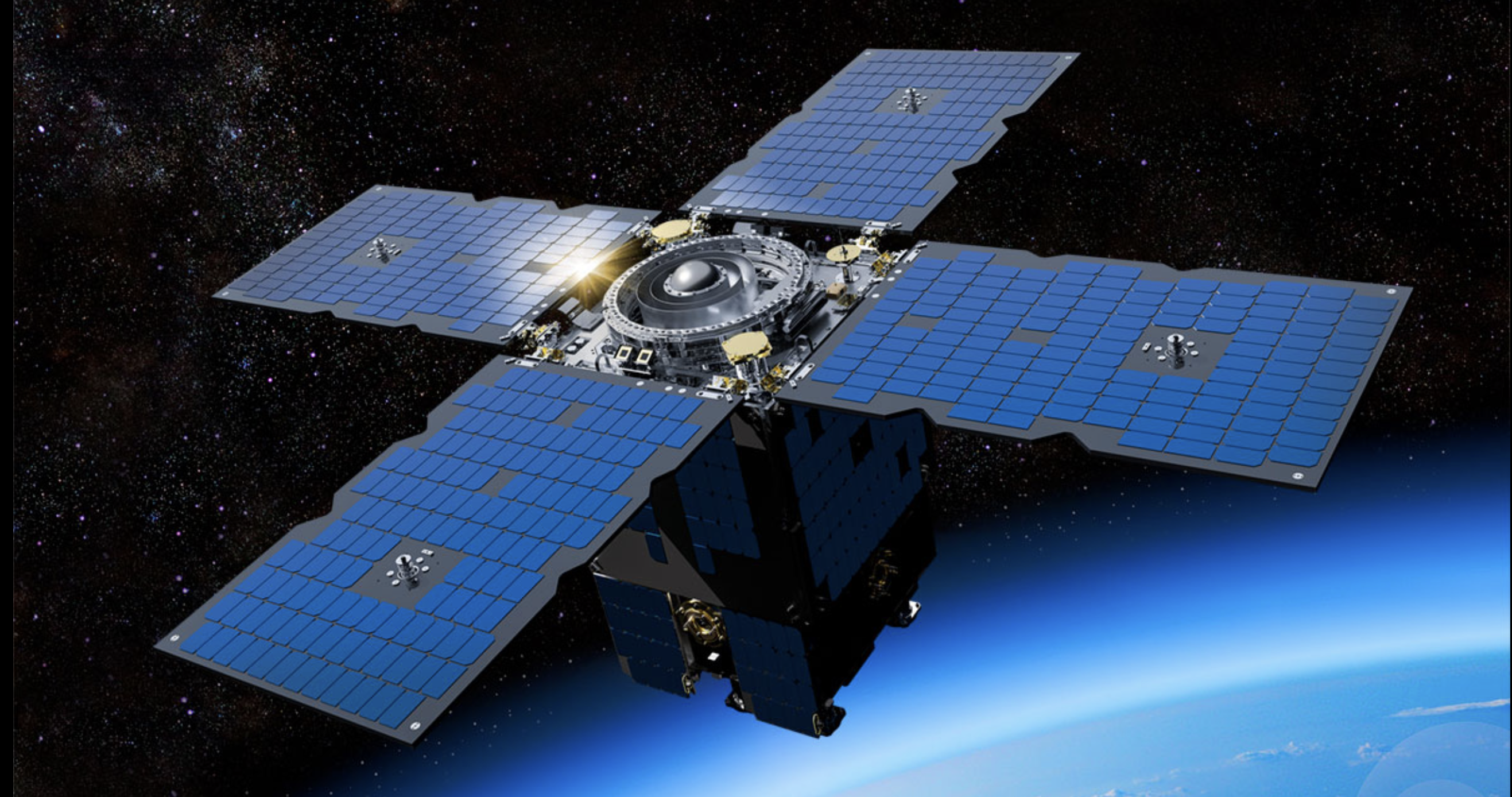
General Atomics Electromagnetic Systems awarded a contract for a second weather satellite. The company will provide three years of operational services for two Electro-Optical Weather System, or EWS, satellites. The Space Force is purchasing small weather satellites to replace the larger spacecraft launched decades ago.
Dawn Aerospace gets approvals for supersonic rocketplane tests
Original Publication Date: 2024-07-11 20:44
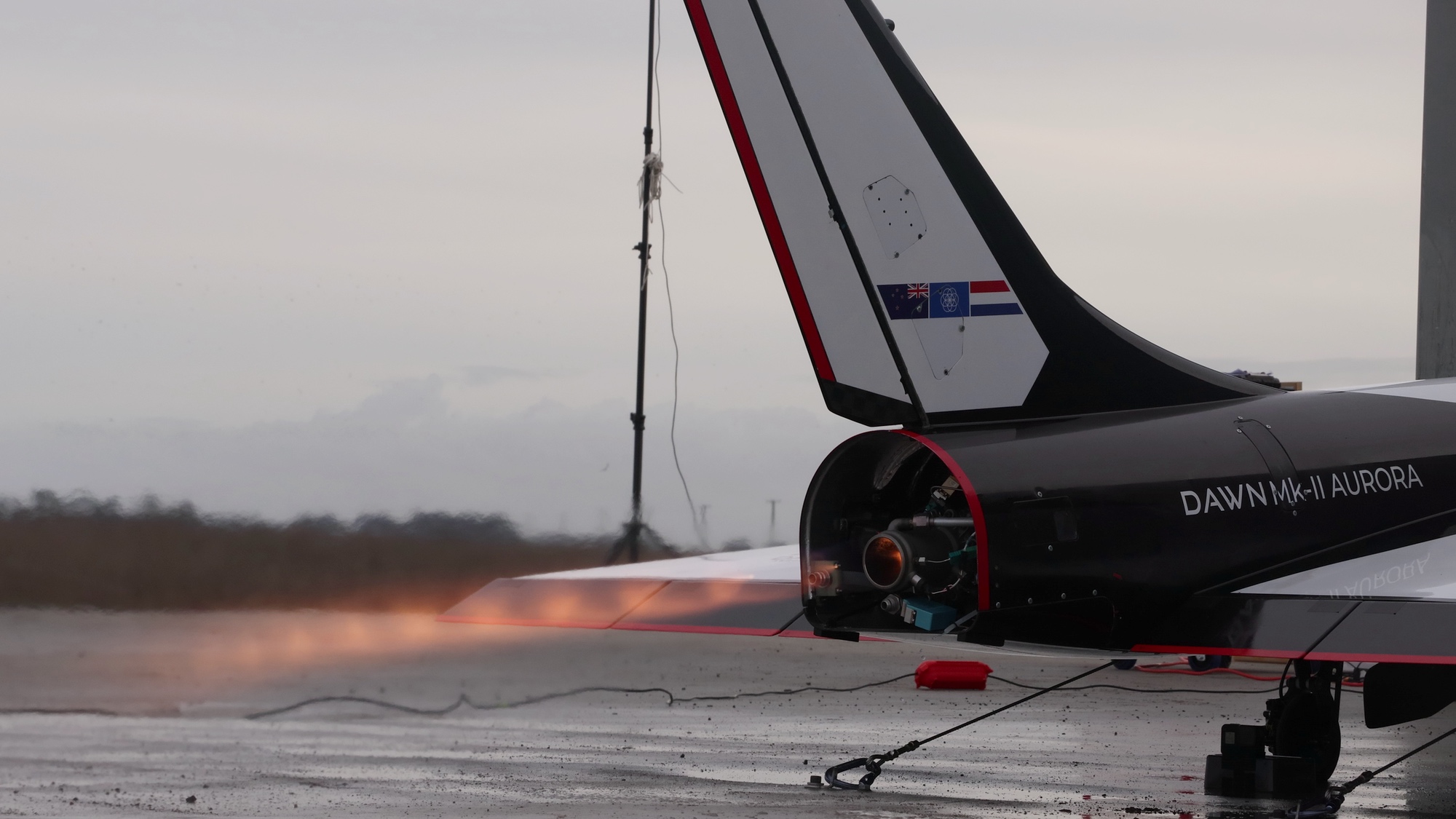
Dawn Aerospace says it has received approvals for supersonic flight tests of a suborbital spaceplane. The company announced July 11 that the country’s Civil Aviation Authority issued a certificate. A first set of four flights is scheduled to begin as soon as this month. The ultimate goal of the Mark-II Aurora is to fly to 100 kilometers.
Booz Allen Ventures invests in space tech startup Quindar
Original Publication Date: 2024-07-11 14:00

Booz Allen Hamilton has made a strategic investment in Quindar. The investment aims to support Quindar’s platform for automating satellite operations. Booz Allen launched its corporate venture arm in 2022 and manages a fund of about $100 million. Quindar says its goal is to “democratize space” by providing an IT infrastructure for satellites.
SpaceX’s rare failure as Thursday’s launch sends all 20 satellites to their demise – SatNews
Original Publication Date: 2024-07-12 00:00

SpaceX launched 20 Starlink smallsats including 13 Direct to Cell on Thursday. Falcon 9’s second stage performed its first burn nominally, however a liquid oxygen leak developed on the second stage. After a planned relight of the upper stage engine to raise perigee – or the lowest point of orbit – the Merlin Vacuum engine experienced an anomaly and was unable to complete its second burn. This left the satellites in an eccentric orbit with a very low perigee of 135 km, which is less than half the expected perigee altitude.
Northrop Grumman builds next generation hybrid electric uncrewed X-Plane for DARPA – SatNews
Original Publication Date: 2024-07-12 00:00

The Series Hybrid Electric Propulsion AiRcraft Demonstration program, known as SHEPARD, has received its official X-plane designation: XRQ-73. The prime contractor for SHEPARD is Northrop Grumman Corporation’s Aeronautics Systems sector in Redondo Beach, California.
Vivid Portrait of Interacting Galaxies Marks Webb’s Second Anniversary
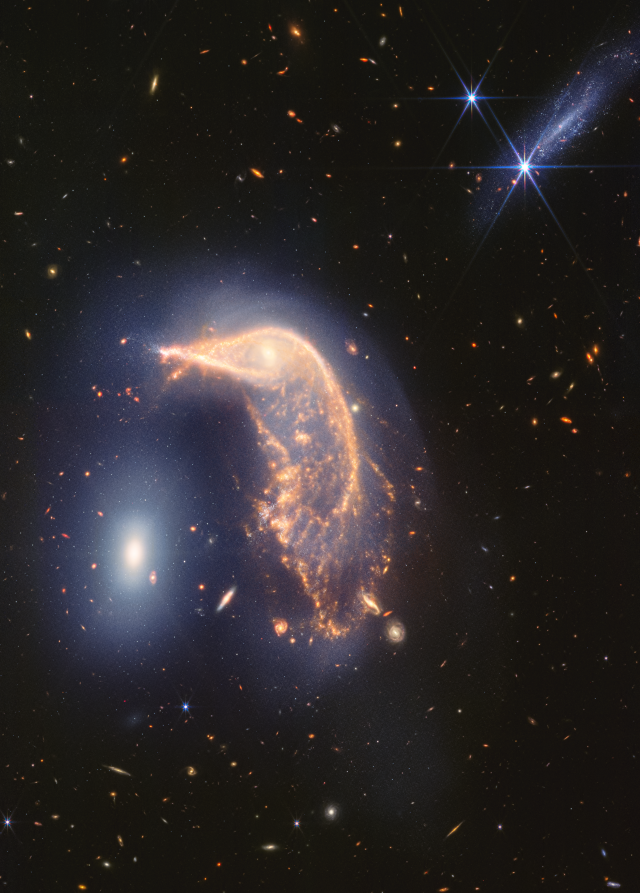
In Hubble’s view, the Penguin is highly detailed, with a bright blue beak, body, and tail that is covered in an arc of bright brown dust. The Egg, to its left, appears bright, gleaming yellowish white. Dozens of galaxies and stars appear in the background.
Voyagers of Mars: The First CHAPEA Crew’s Yearlong Journey
Original Publication Date: 2024-07-11 10:24

The first all-volunteer CHAPEA (Crew Health and Performance Exploration Analog) crew accomplished all of that and more during their 378-day analog mission on the surface of Mars. Living in the isolated Mars Dune Alpha, a 3D-printed, 1,700-square-foot habitat, crew members Kelly Haston, Ross Brockwell, Nathan Jones, and Anca Selariu faced the rigors of a simulated Mars expedition.
Hubble Measures the Distance to a Supernova
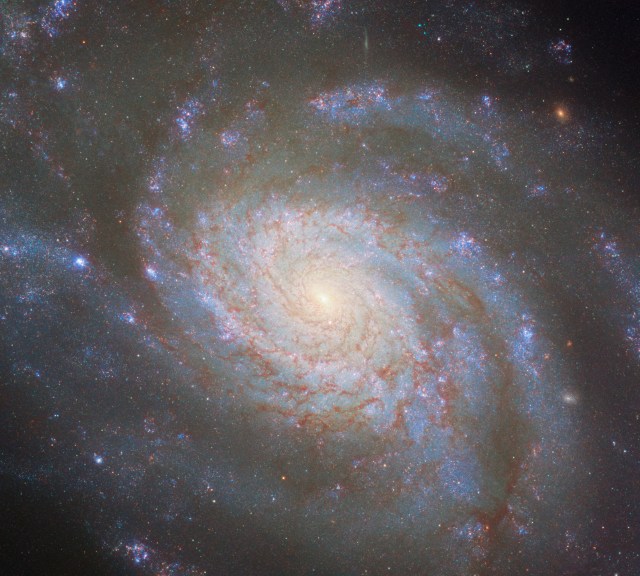
Astronomers use Hubble to take images of the same Type Ia supernovae in ultraviolet light, which the dust almost completely blocks out. By carefully noting how much light comes through at each wavelength, astronomers can determine how much dust lies between Hubble and the supernova. Hubble’s unique capability to observe in ultraviolet and infrared wavelengths of light in great detail with the same instrument makes it the perfect tool for these types of observations.
